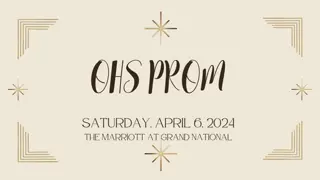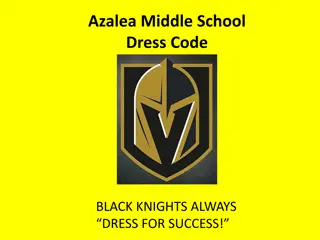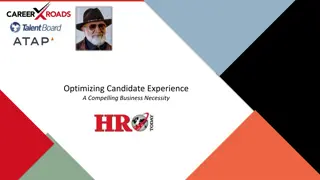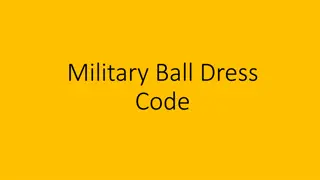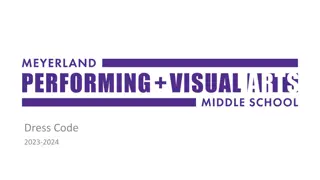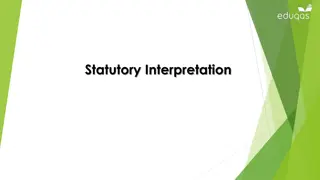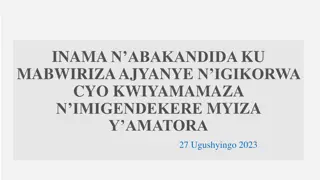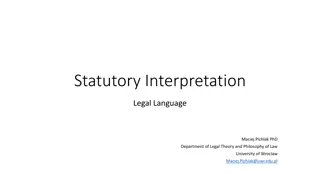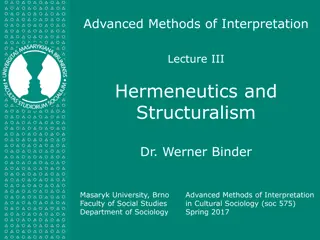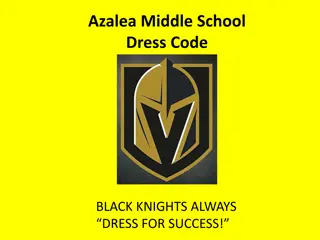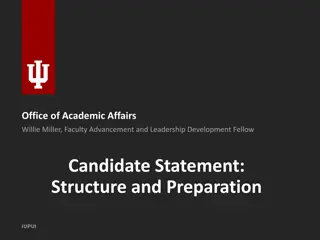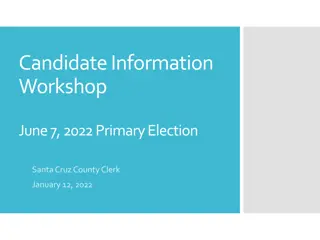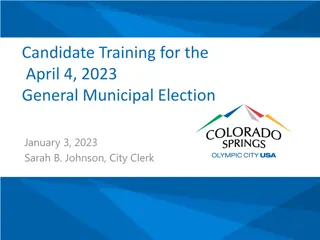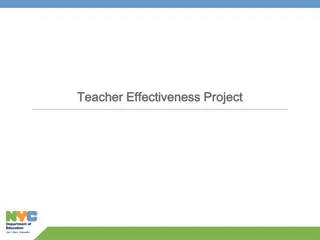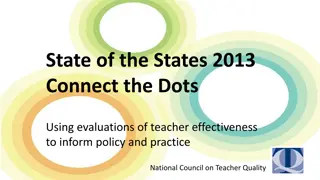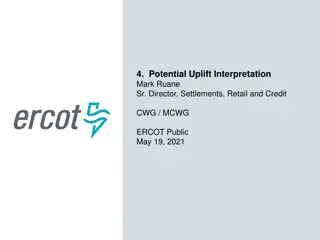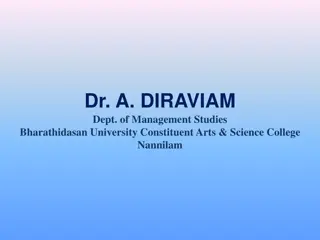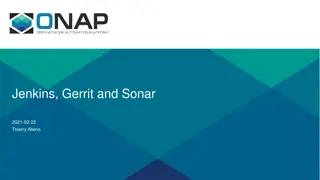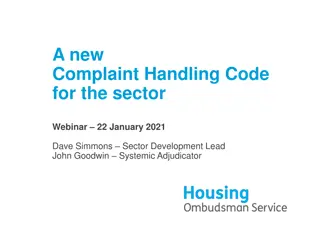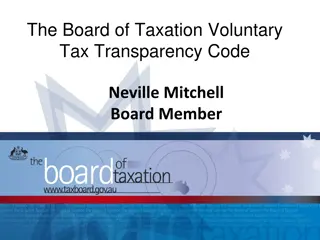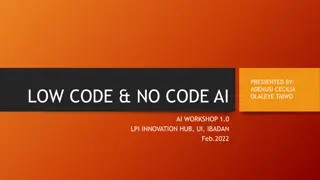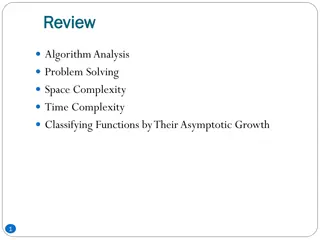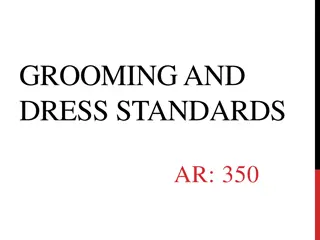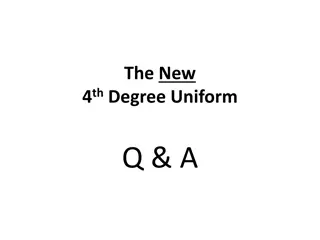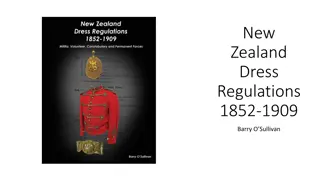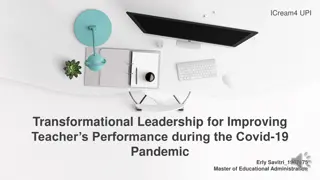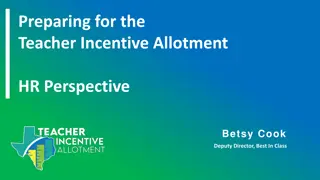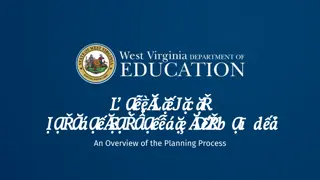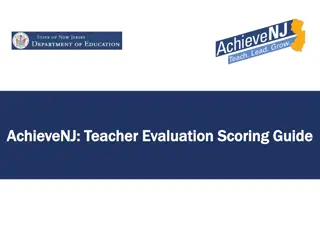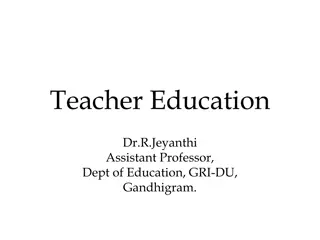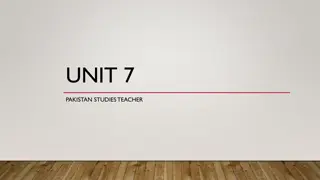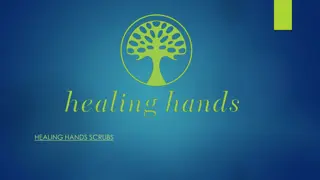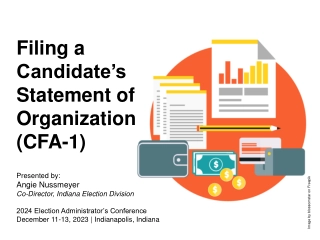Challenges in Teacher Candidate Dress Code Interpretation
Exploring the complex issues surrounding teacher candidate dress codes, this presentation delves into language sexualization, inclusivity for non-normative students, and cultural considerations. It highlights the expectations of professionalism while addressing the impact of traditional gender norms on dress code interpretation. Additionally, it touches upon accessibility challenges in obtaining professional attire for student teachers.
Download Presentation

Please find below an Image/Link to download the presentation.
The content on the website is provided AS IS for your information and personal use only. It may not be sold, licensed, or shared on other websites without obtaining consent from the author. Download presentation by click this link. If you encounter any issues during the download, it is possible that the publisher has removed the file from their server.
E N D
Presentation Transcript
TEACHER CANDIDATE DRESS CODE A QueerEdBirds Presentation
Presentation Overview Problem Statement & Examples General Language and Interpretation Sexualization of language when discussing dress code Questions arising for non- normative students resulting from typical interpretations
From the Early Childhood Education Clinical Handbook on dress code: Dress Professionally. It is important to the School of Teaching and Learning that you are dressed professionally for your clinical experience. Remember, you are your own best walking resume! Professional dress sets you apart from the students dress for the job you wish to earn. Business casual attire is a common term used among principals when they speak of appropriate attire for clinical teacher candidates from universities. Business casual attire means the following: Dress slacks, blouses, button-down shirts, pull-over sweaters, dress shoes, etc. Business casual attire does not mean: Blue jeans, shorts, tank tops, flip flops, sweatshirts, or sweatpants, etc. From ISU s 2019-2020 Handbook for Student Teaching: Appearance: Appropriate dress and conduct are expected of all student teachers. As a rule, student teachers should be guided by the faculty dress code of their assigned school (4). Dress Code in Early Childhood Education
Problems with Current Dress Code Interpretation Shouldn t see down or up outfit 2-3 finger rule for shirts Fingertip rule for skirts, shorts, dresses Ladies should wear dresses or skirts or nice pants, and for men, khakis and a polo. Specifically, female identified students are told, Girls need to wear dresses. Traditional gender normalized language: Perpetuates a gender binary that treats cisgender men and women differently and erases/excludes gender non- conforming persons. Language
Problems with Current Dress Code Interpretation Cultural Hairstyles Cultural Body Modification/Stylization Body piercings Showing non-ear piercings is unprofessional behavior Tattoos and other body art is unprofessional behavior Cultural Dress/Clothing Professional hair Length, color, texture, accessories, styles (protective styles: dreads, braids) Colors and patterns of clothing/accessories/shoes Cultural regalia, clothing items associated with the student s ethnic identity
Accessibility and Price of Professional Dress Thrift Stores Near Illinois State University Advocate-Bromenn Hospital Thrift Store Goodwill Clothes Mentor Neighborhood Thrift Store Questions to Consider: Do teacher candidates have access to resources to obtain affordable clothing? Do teacher candidates have access to clothes that affirm their gender identity?
Dispositions and Professional Dress Reasons Dispositions are given: Lack of preparation Inappropriate language or dress Cheating Absenteeism
Rights to Dress To the extent possible, dress codes should impact all groups evenly regardless of gender, race, ethnicity, religion, etc (Dress Codes, 4.1.4).
QEBs Professional Dress Code Guidelines Teacher candidates should be permitted to wear clothing that fits their bodies in the way that they deem to be most appropriate for themselves and their bodies. As such, tight or loose clothing can still be professional. Teacher candidates shall not be penalized for colors, ornate designs, graphics, or words on their choice of clothing. Teacher candidates should be allowed to wear clothing that they have access to already. If placed in a school where a uniform is required, then the candidate shall only be held to the standards put in place by ISU, unless the student speaks to the school. Teacher candidates should be allowed to wear clothing that best aligns with their gender expression. We are not advocating for explicit rules for male or female clothing; rather, we are emphasizing people s right to choose what s most appropriate for their bodies regardless of gender dichotomies. No student shall be reprimanded for wearing cultural regalia or clothing items associated with their ethnic identities, including but not limited to: head wraps, sarees, dashikis, turbans (marjar hats), and hijabs. No teacher candidates shall be penalized for hair including length, style (afros, braids, dreadlocks, mohawks, etc. ), and colors. Teacher candidates cannot be penalized for different footwear (aside from open toed shoes for safety reasons). Teacher candidates shall not be penalized for body decoration (i.e. piercings, tattoos, jewelery).
An Inclusive Professional Dress Code... Guidance for Student Teachers: Honors a person s identity and shows respect for students, colleagues, and the education profession. Allows student teachers to show up as themselves, which may mean bringing a new perspective about human expression into the school/ classroom. Enables student teachers to have agency in interpreting the dress code in ways that best align with their identities. Offers clear and inclusive language for professional dress. Is free of judgement and shame There is a benefit to learning how to read the discourse of the schools and observing how people dress in these types of spaces Clothing should be functional and appropriate to the extent that it does not restrict a teacher candidates movement and/or students / teacher s safety within the clinical space.
Moving Forward We would like to: Hold clothing drives for teachers Collaborate with community partners Teachers who have clothes they want to donate Develop a model about professional dress
References https://education.illinoisstate.edu/downloads/teacher/handbookstt.pdf https://education.illinoisstate.edu/teacher/clinical/behavior.php https://policy.illinoisstate.edu/academic/4-1-4.shtml


